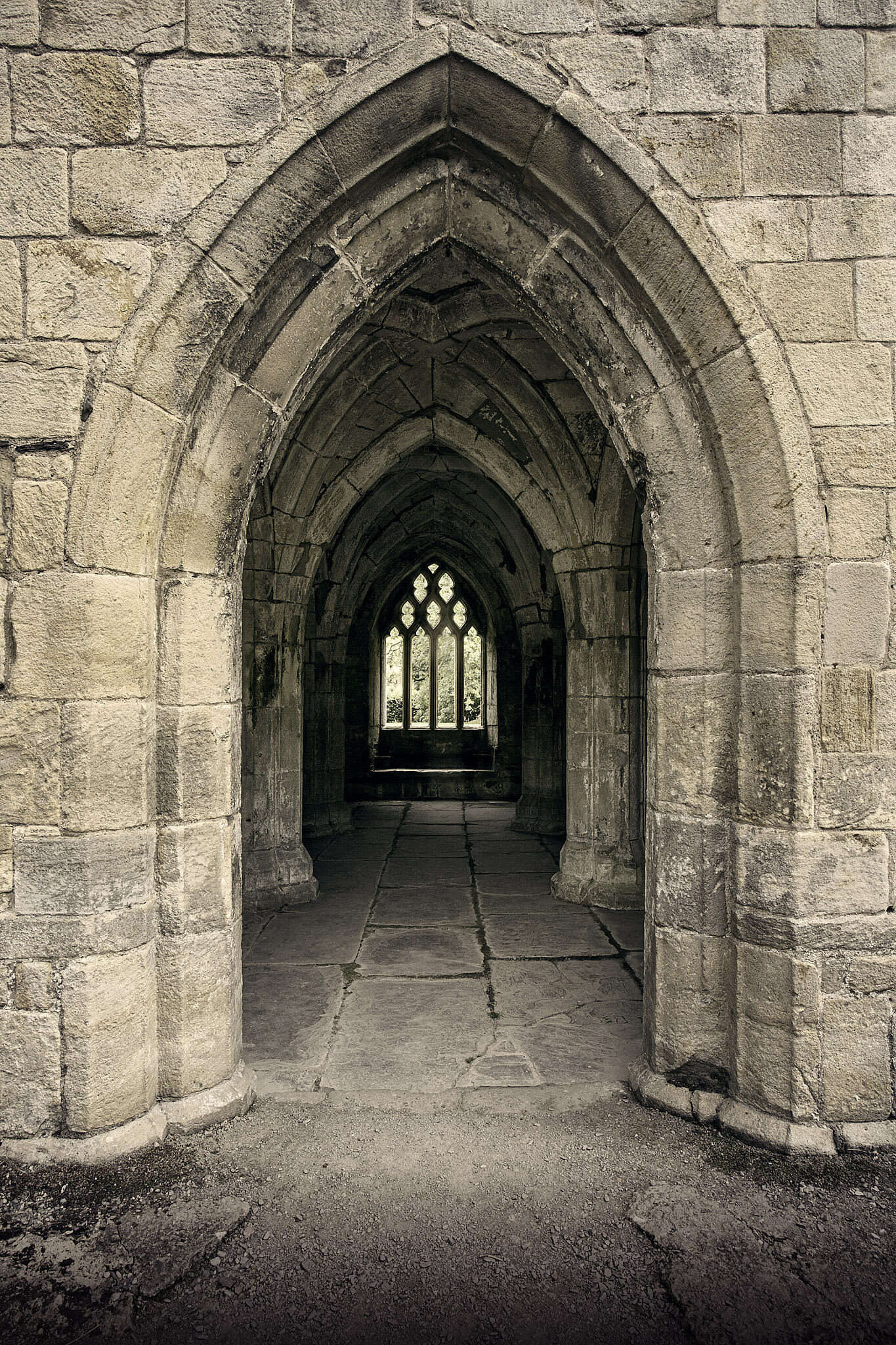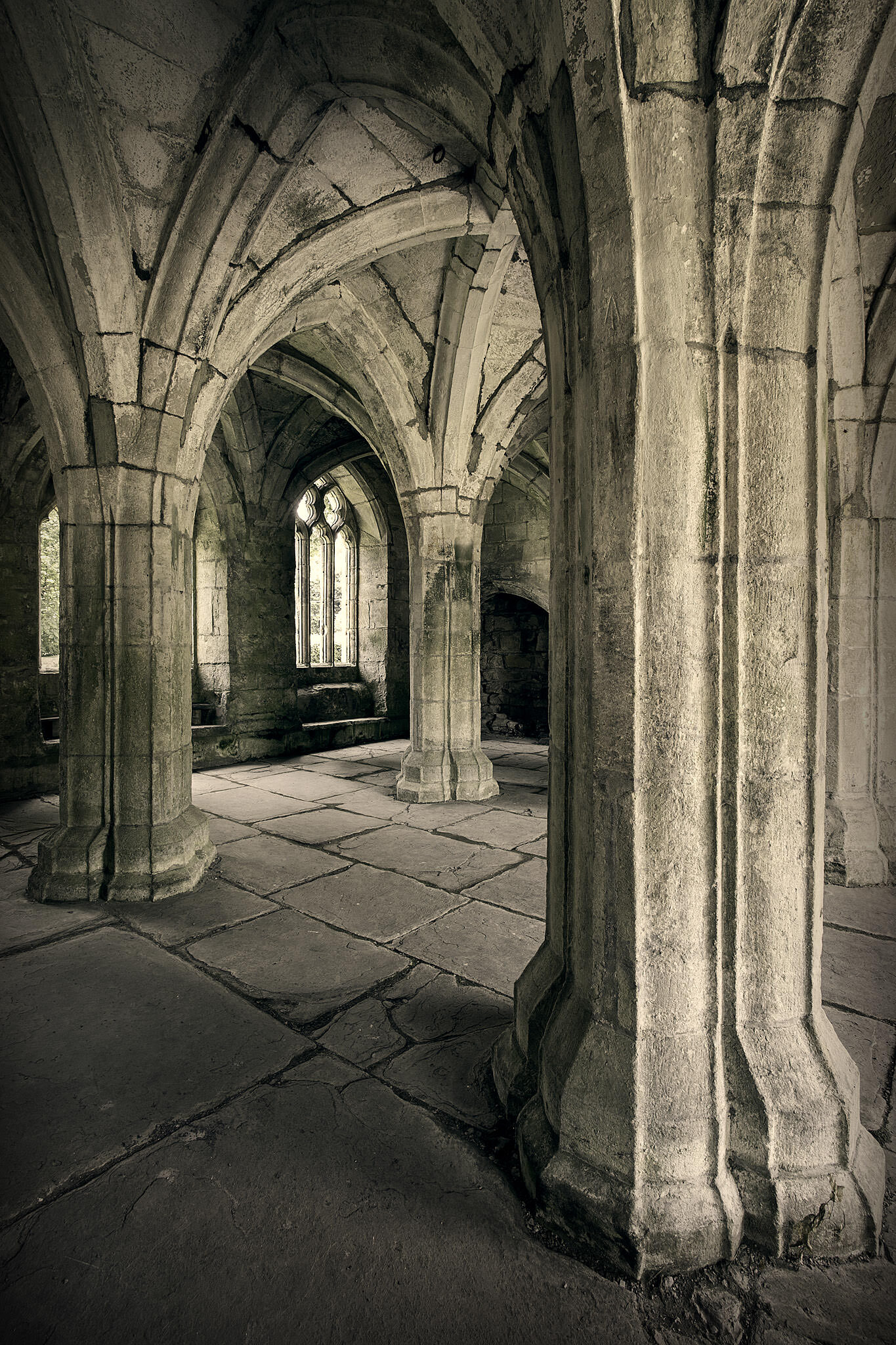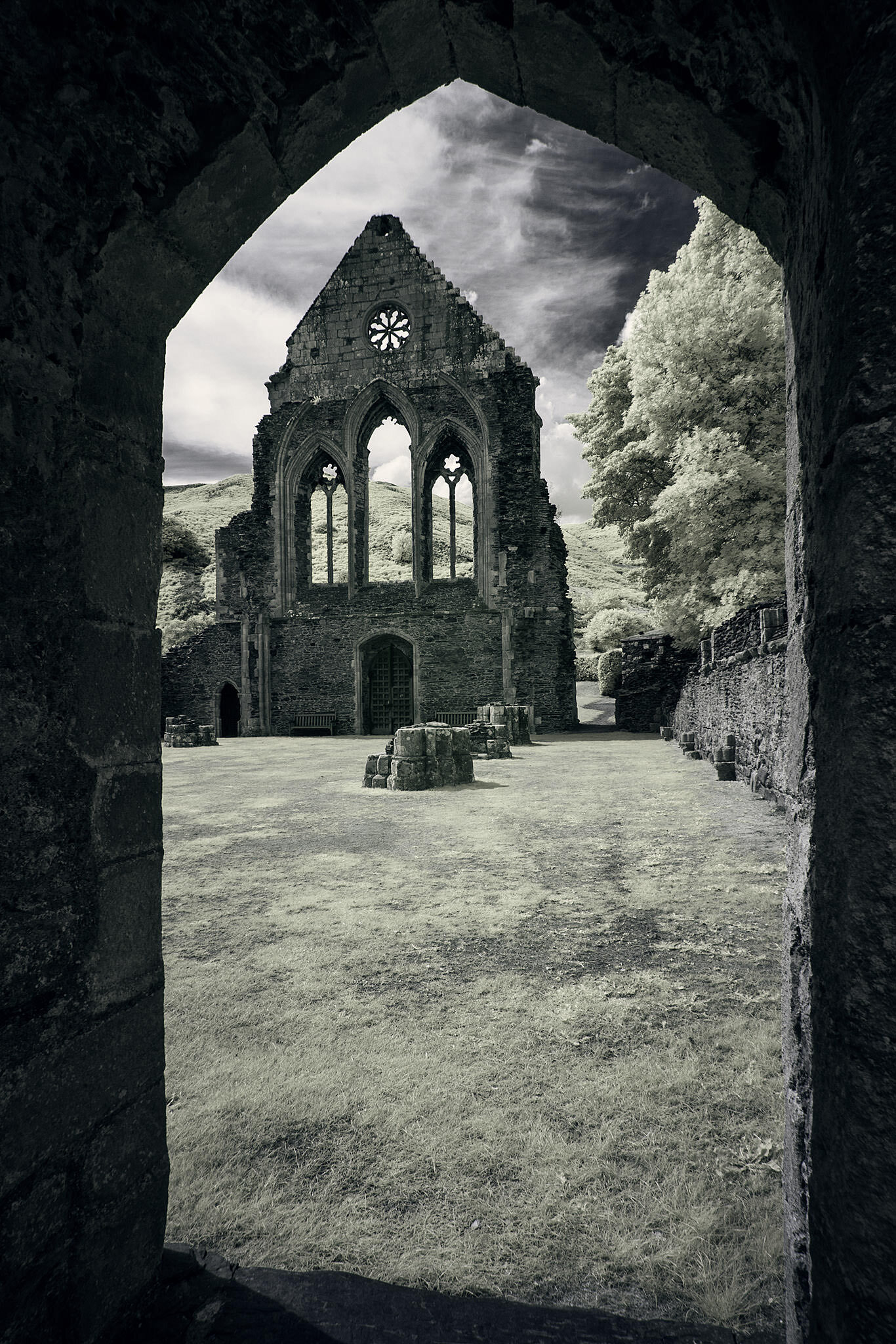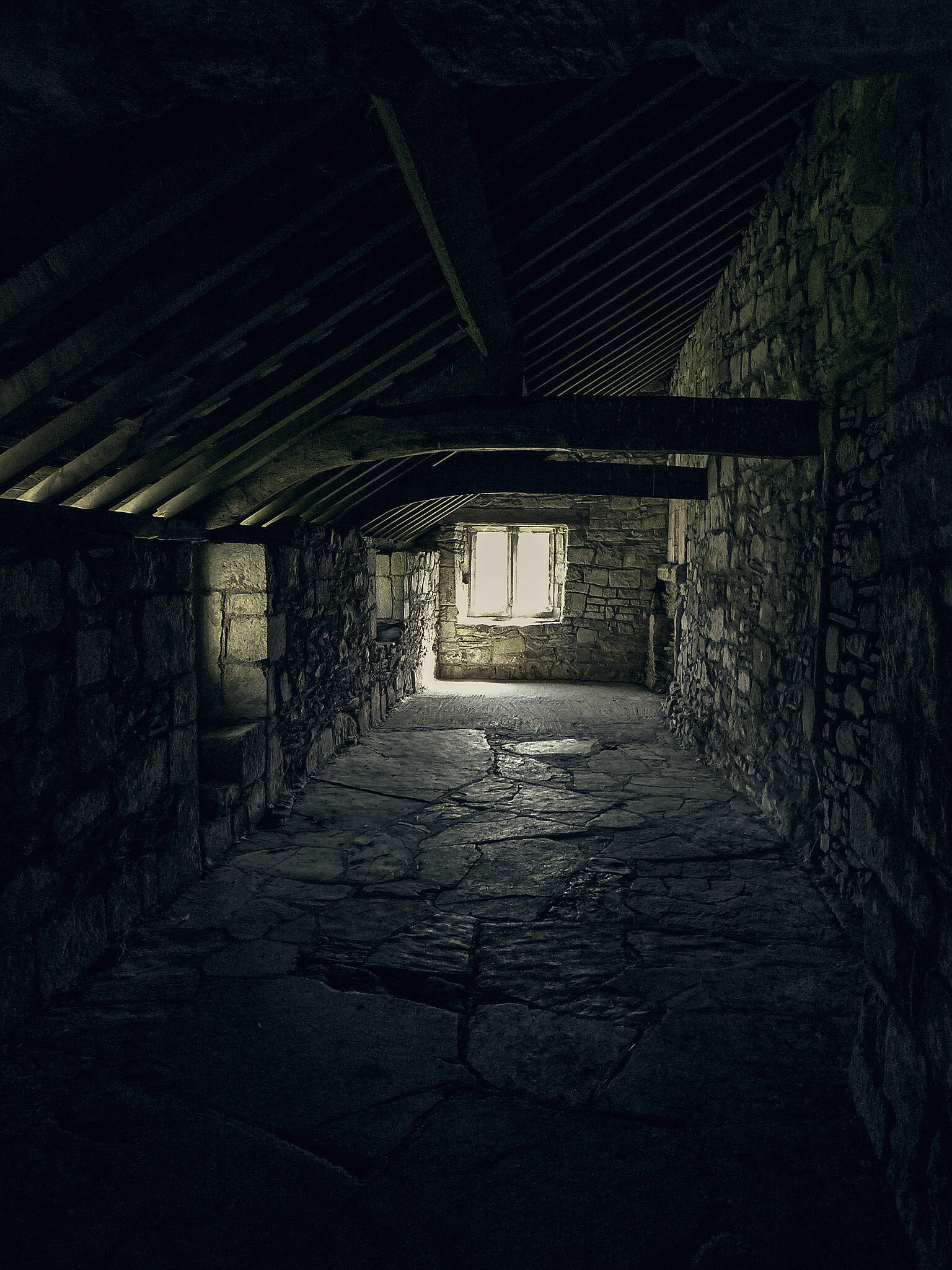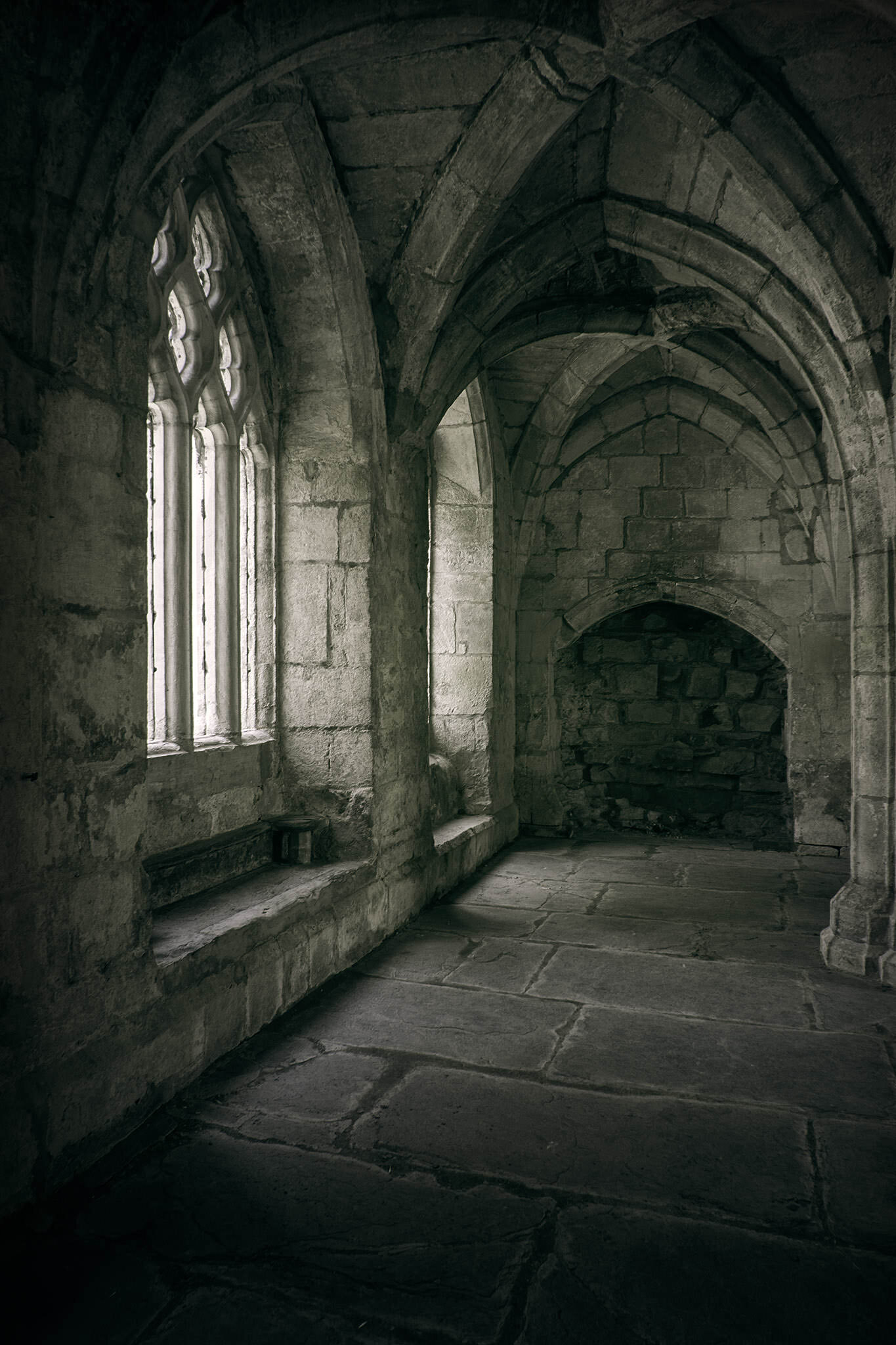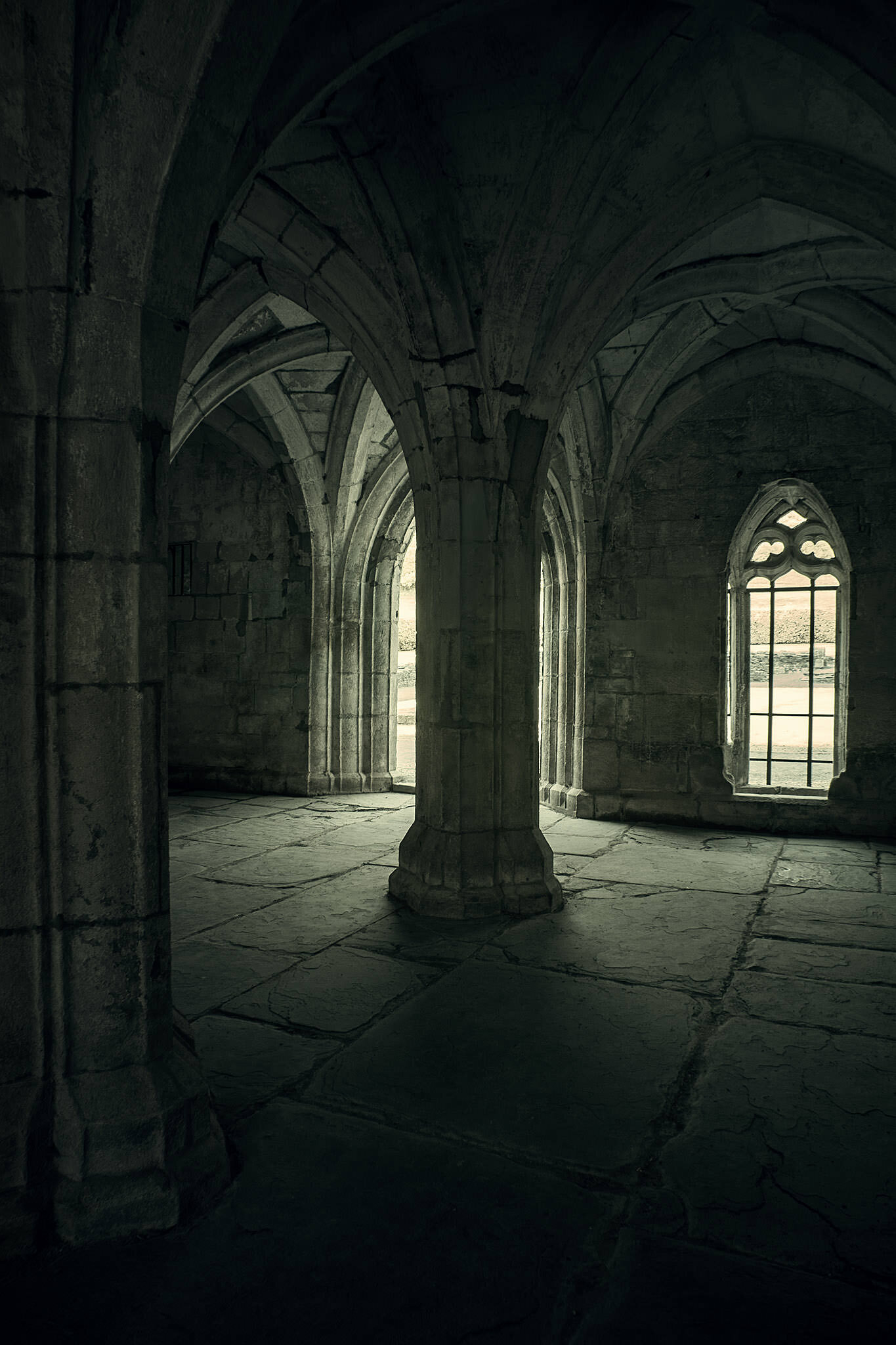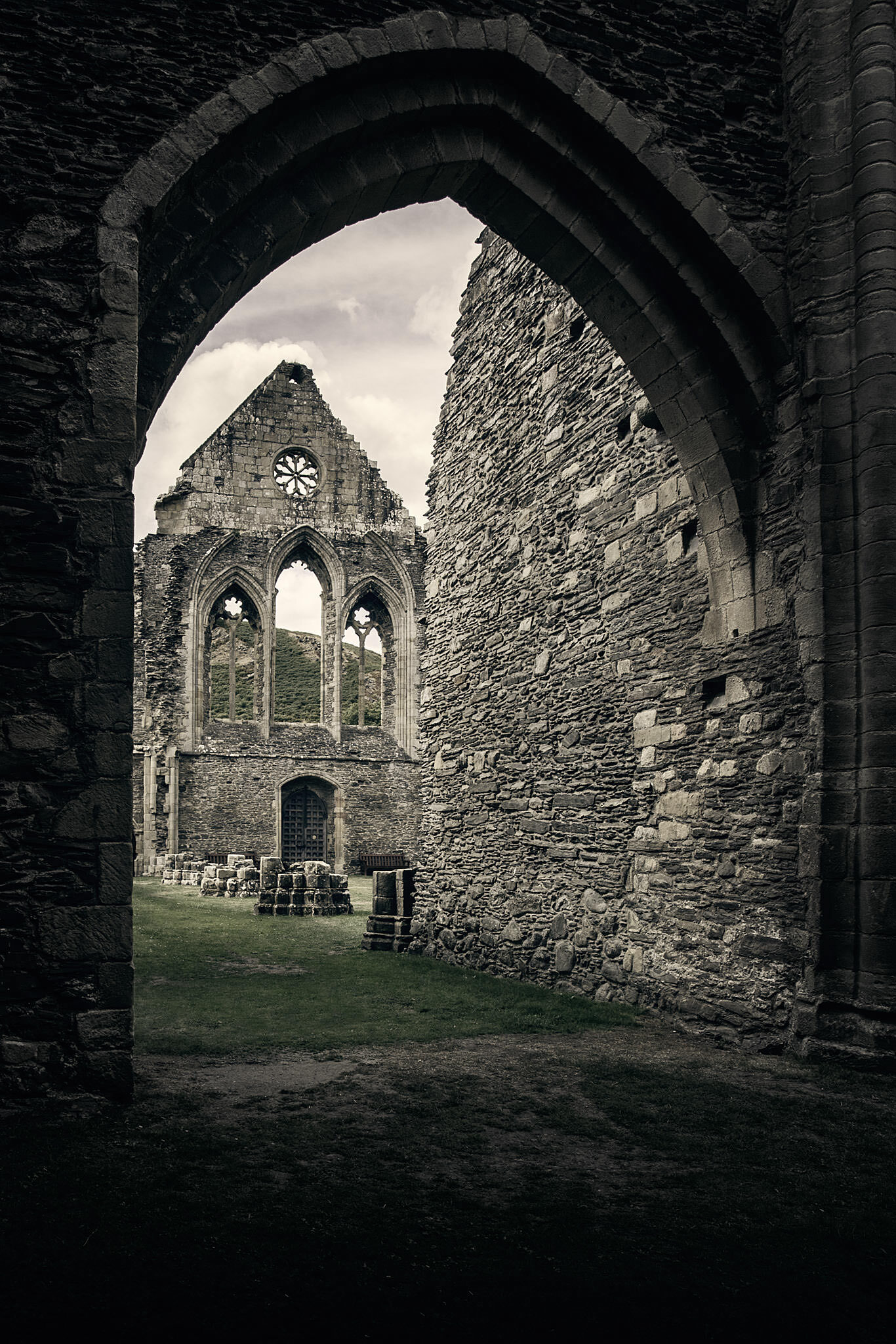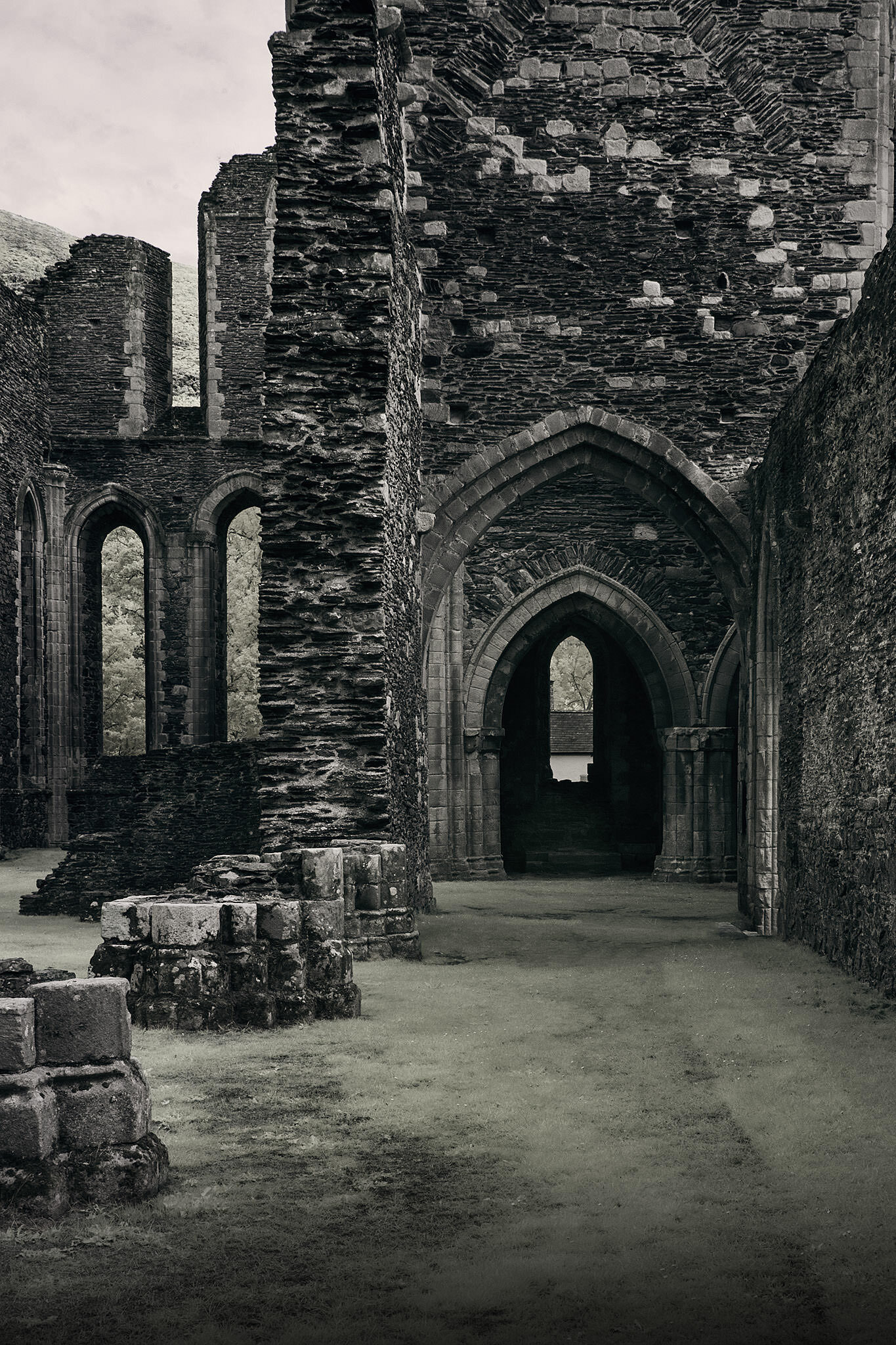Valle Crucis Abbey , Wales
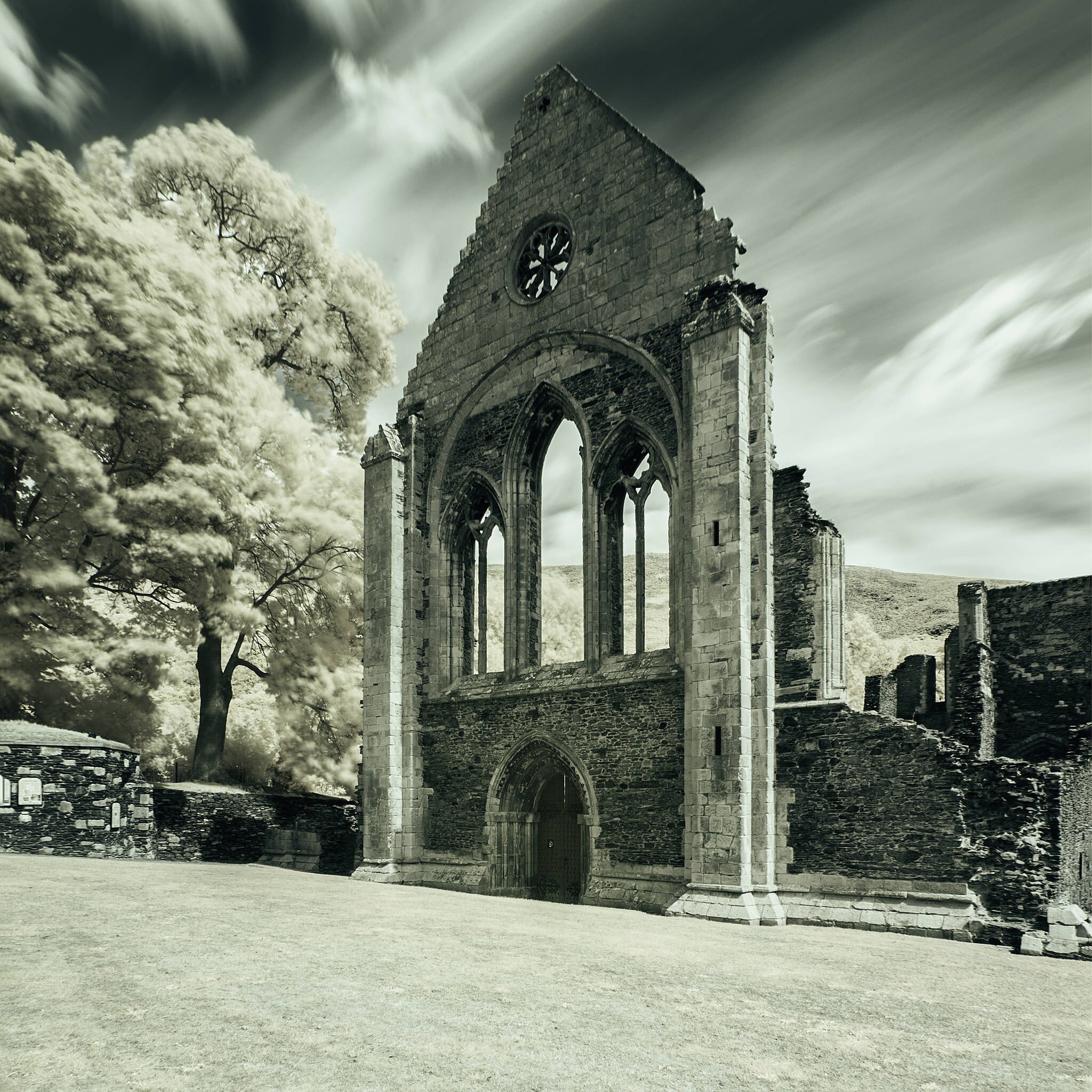
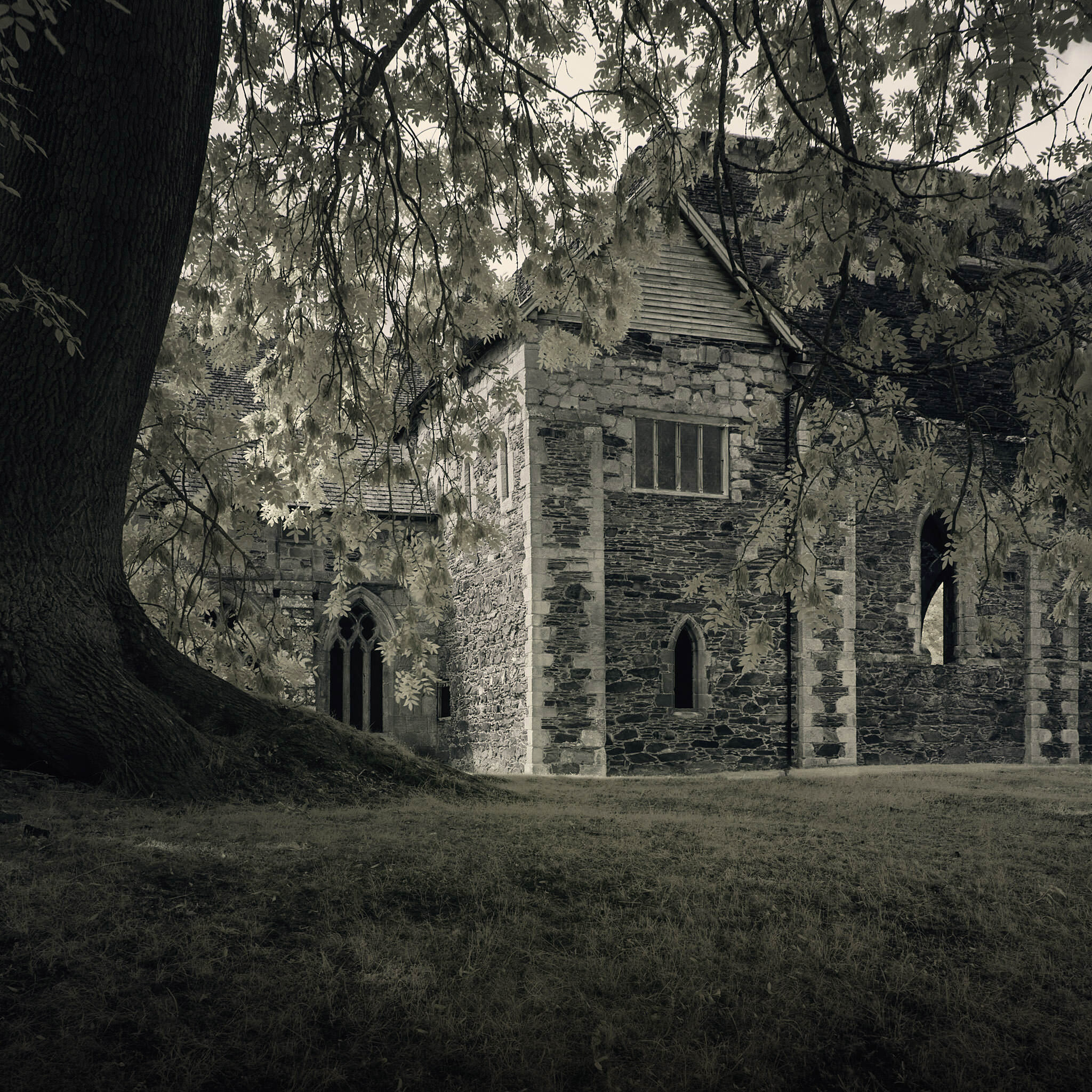
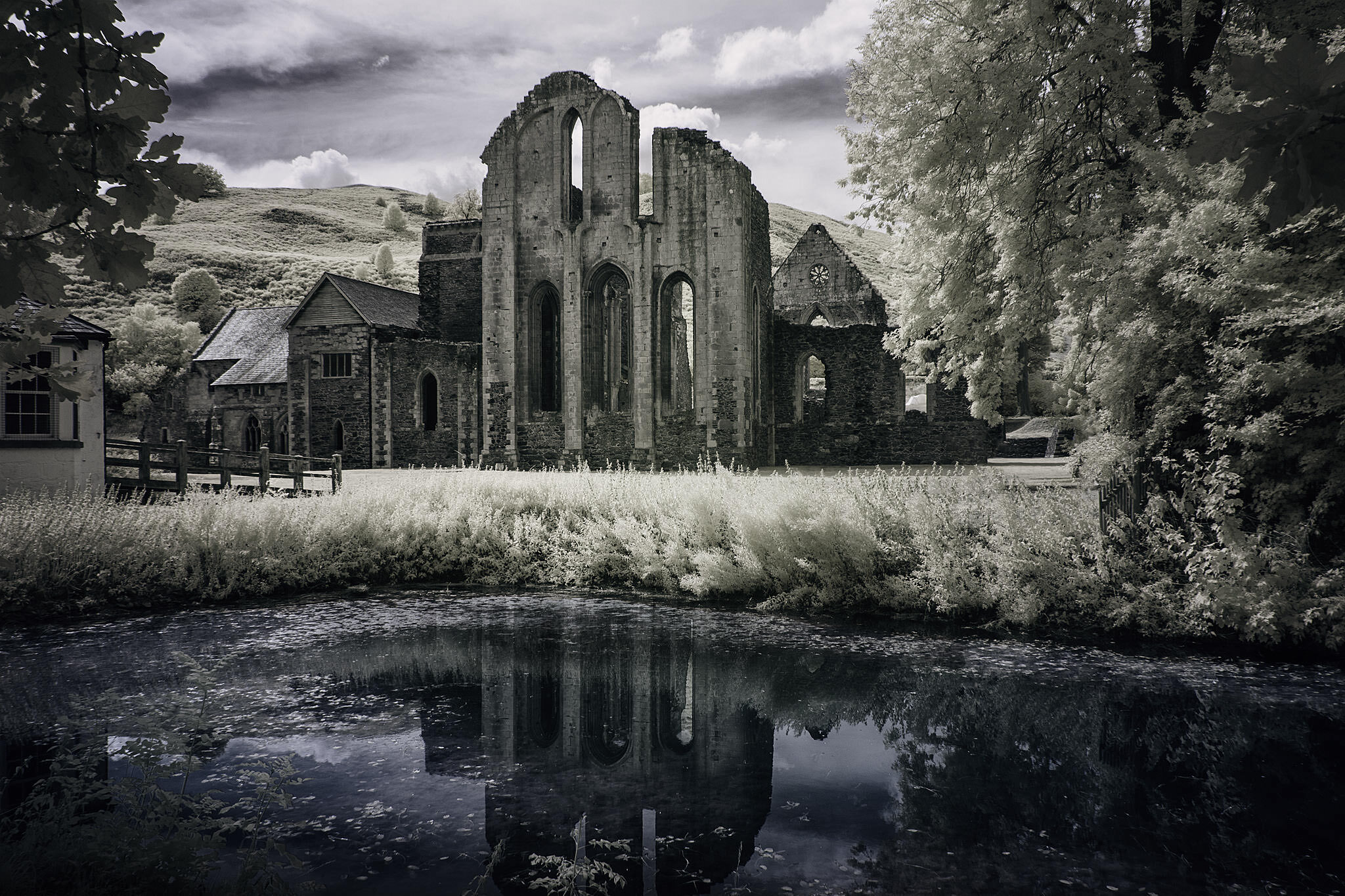
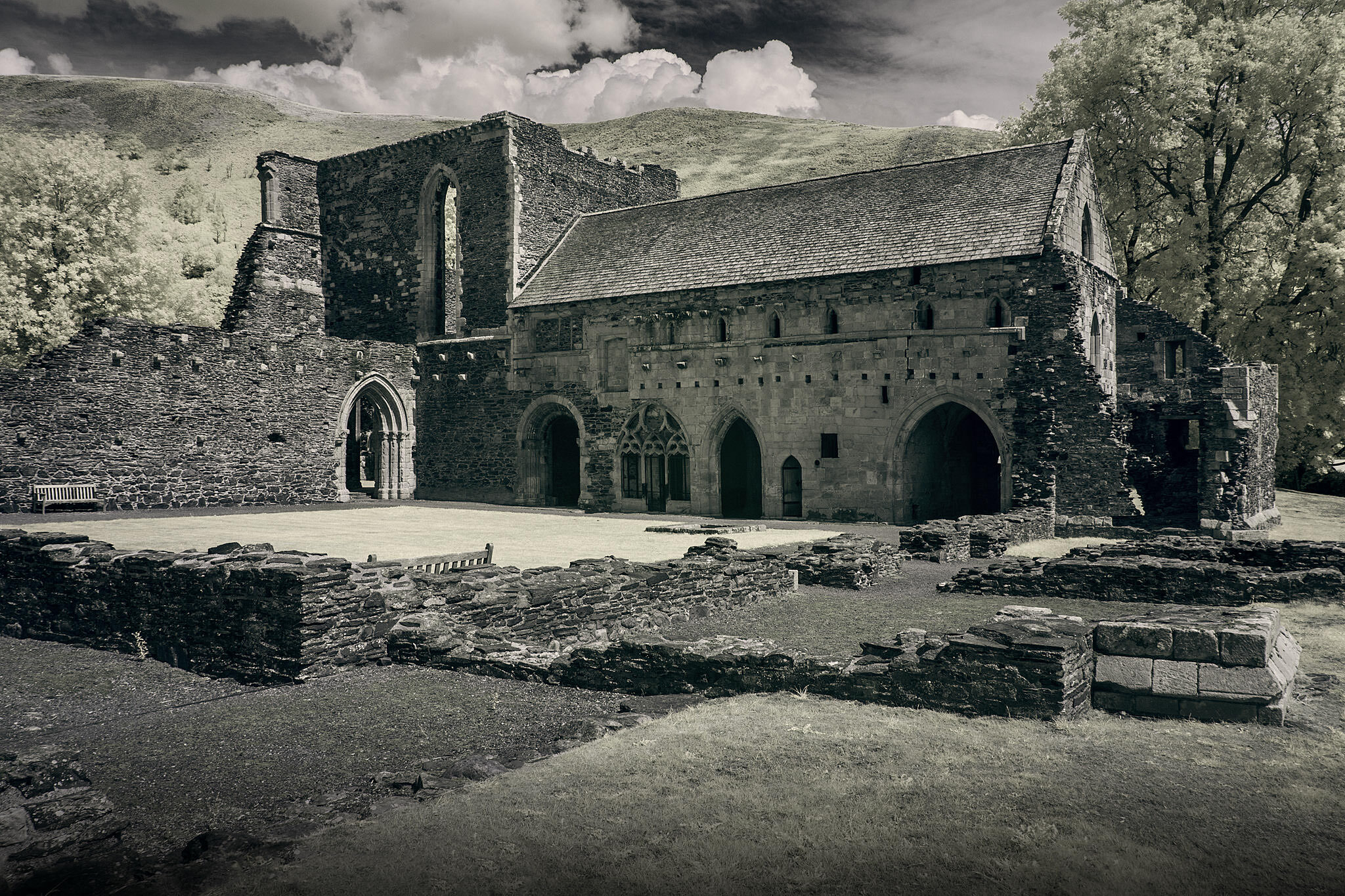
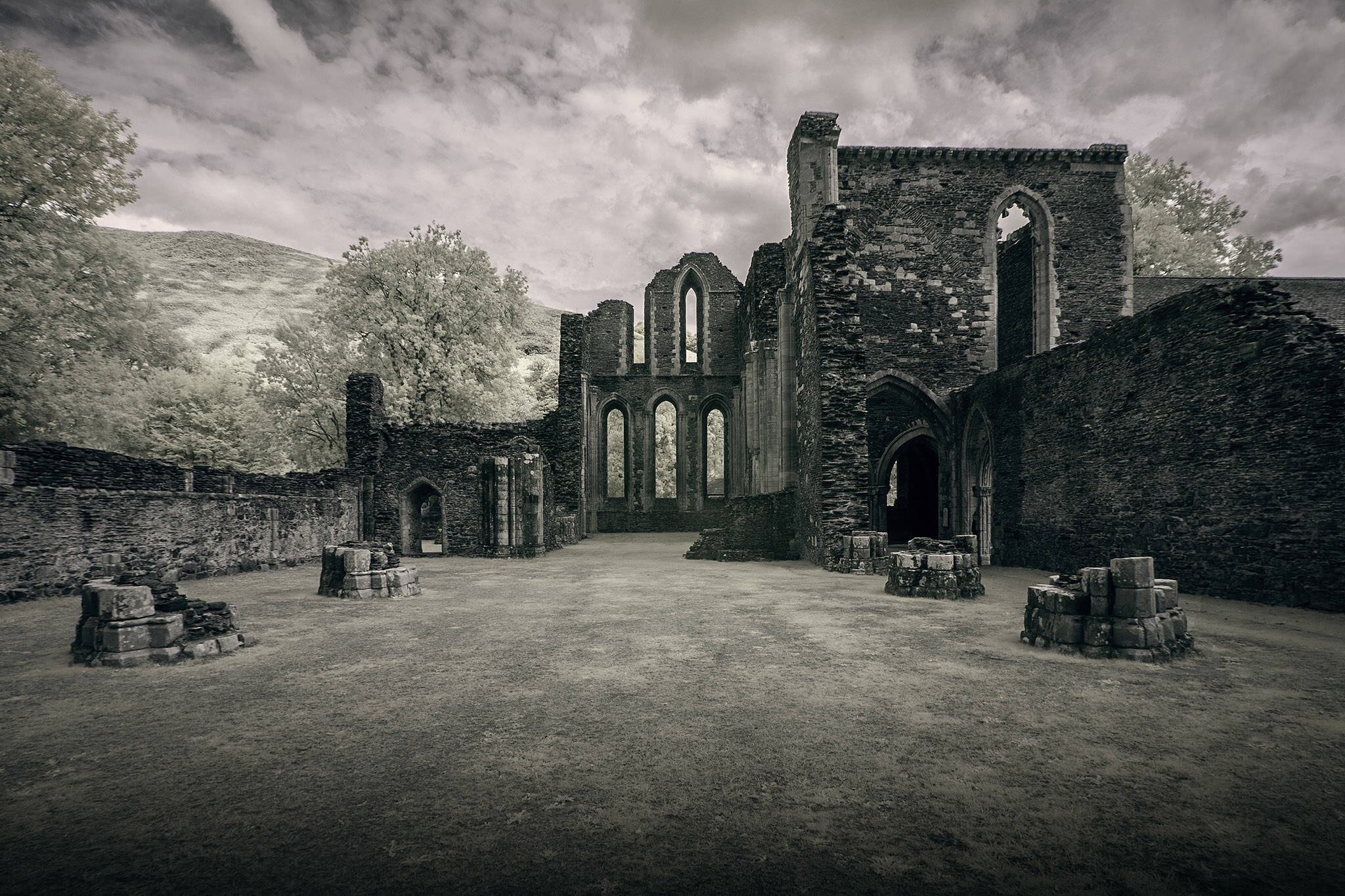
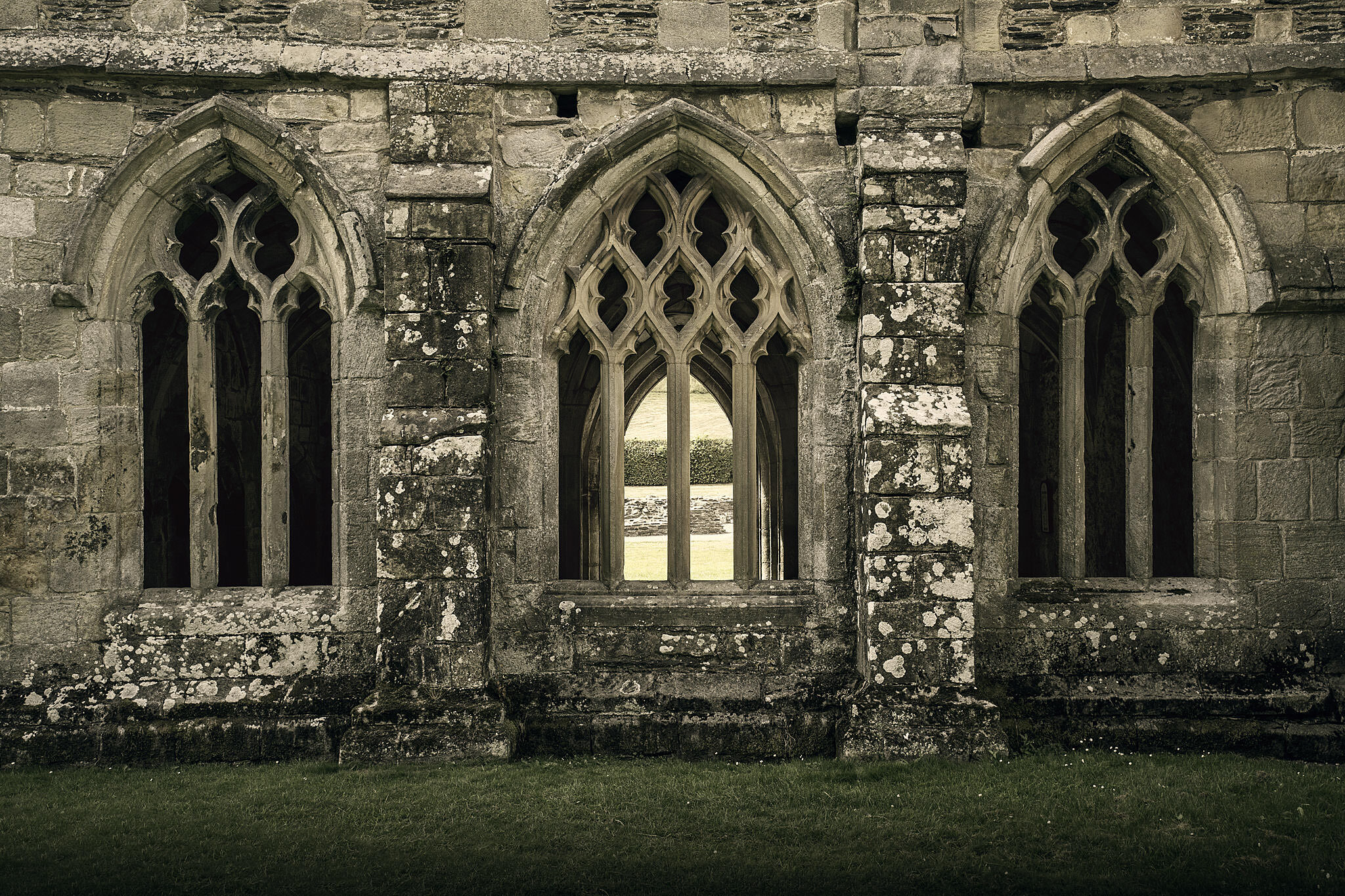
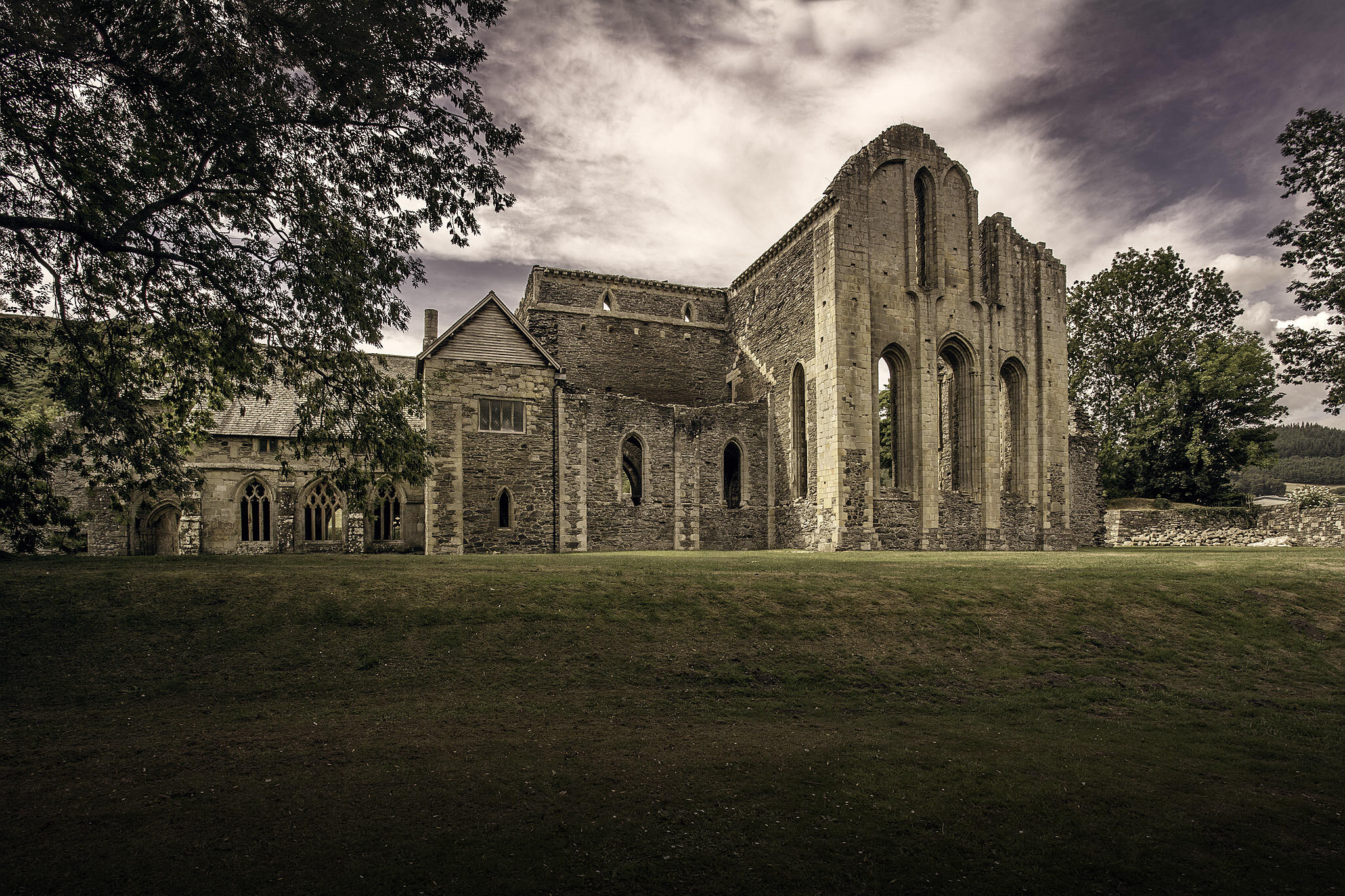
Valle Crucis is Latin for the Valley of the Cross. The name was taken from a 9th Century memorial cross, also known as the Pillar of Eliseg. The cross was built by Concenn of Powys, to record the glory of his ancestors. All that remains today is the cross shaft, located north of the Abbey. This deserted valley must have seemed the perfect location for a Cistercian monastery.
In the early 13th Century, Madog ap Gruffudd Maelor was the ruler of northern Powys, he decided to found a Cistercian monastery in 1201, this being Valle Crucis. The Abbey was first populated by 13 monks who came from Strata Marcella, near Welshpool, of which nothing today remains, but in the 13th Century, Strata Marcella was another Cistercian Abbey which was supported by the Princes of Powys.
The Cistercians were an order which tried to redefine monastic life with stricter rules. Although the Cistercians followed the rule of St. Benedict, they added a number of other rules too. Their Abbeys were all to be sited in remote locations, away from other settlements and distractions. Their buildings and furnishing were to be plain, unadorned and without embellishment. Their robes were made from undyed wool, which gave them the name the White Monks.
There had been an earlier domestic settlement at the location before the abbey was founded, and due to the Cistercian rule that Abbeys must be located in isolated locations ‘far from the concourse of men’, the local inhabitants of what was then known as Llanegwestl, had to be moved. They were moved to Stansty, which was located on the lands of the founder, Madog ap Gruffudd Maelor. Today this area is known as Bromfield. So if the location you wanted wasn’t isolated enough, you could just evict the tenants and make it so.
Shortly after the Abbey began, complaints were being lodged to the General Chapter against the Abbot, that he seldom celebrated Mass and was known to abstain from the altar. In 1234, the Abbot was once again in trouble with the General Chapter, for allowing women to enter the precincts of the house, which was strictly against the rules. He seems to have managed to talk his way out of it though, as the General Chapter classified this as only a light fault.
When the Abbey’s founder and patron, Madog ap Gruffudd Maelor, died in 1236, he was buried in the Abbey church, as were other members of the royal dynasty of Northern Powys through the centuries. In the same year, his son Gruffudd Maelor II, confirmed the gifts which were granted to the Abbey by his father. He died in 1269. Before his death, the Abbey suffered from a disastrous fire, we do not have records of this to tell us what happened, only traces of the fire itself on the masonry.
We know that Valle Crucis was heavily damaged again, during the two Welsh Wars of King Edward I of England, in the late 13th Century. Being a Welsh Abbey, the Abbot had been pro-Welsh in his sympathies, and a list of the monks present in 1275 shows that they were all Welshmen. The Abbot also wrote to the Pope in 1275, in defence of the Welsh Princes. In the late 13th Century, Llywelyn ap Gruffudd gave the Abbot Madog, £40 to travel to Rome and intercede on his behalf. The Abbey received compensation for damages done to its property by Edward I's army twice. In 1283, it was given £26 13s 4d and in 1284, the Abbey received £160, which was the highest payment to any Welsh Cistercian house, so the damage must have been substantial.
The monks of Valle Crucis were involved in Welsh literary writings, and we know that the 'Chronicle of the Princes', or the 'Brut y Tywysogyon' in Welsh, was compiled at the Abbey between 1282 and 1332. The Abbey continued to have the patronage of the Princes of Powys, with Madog ap Gruffudd, the great-grandson of the founder, being buried here in 1306.
The Cistercian Abbeys in Wales came from two separate branches of houses. The earliest houses came from the Norman branch, being founded by Norman nobles, and continued to be patronized by Norman and Marcher Lords throughout their history. The second branch of Cistercian Monasteries, came from the Welsh occupied parts of Wales, and were supported by the Welsh Princes. These houses included Whitland, Strata Florida, Strata Marcella, Cwmhir and Valle Crucis, all of which were founded between 1140 and 1201. These houses were more overtly Welsh in character, and their Abbots and monks were also Welsh. During the Middle Ages, they became important centres for Welsh learning and literature.
Cistercian Abbeys were not just populated by monks. In fact, the monks were usually only small in number, and would spend most of their days in prayer, silence, contemplation, and study. They were supported by a larger network of Lay Brothers who, although living a largely monastic life, did not take vows or become monks, but instead spent most of their lives in manual labour, except on Sundays or major feast days. They would rise at dawn and be present for the service of Prime, which they had to hear from the nave inside the church, away from the monks, they would then go off to their various places of work. They only attended three meetings a year in the chapter house with the rest of the monks, they ate in their own refectory and slept in their own dormitory, although they were allowed an extra allowance of bread. They were also required to keep silence as far as possible. What they got in exchange for their hard labour, was better food than the peasant population, and security, an easier life, where the risks were minimised when spread across a community.
Abbeys, from time to time, would take in the poor or the sick, and eventually they found that this could also be profitable. By the later Middle Ages, many Cistercian communities were becoming retirement homes. An individual would retire from the outside world and spend the rest of their days within an Abbey. These people were called Corrodians, and they were usually comprised of retired Abbots and Priors, as well as Lay Brothers and servants of the community, plus various laymen nobles, who would have purchased annuities from the Abbey which would include their board and lodgings. If they did not live long enough to need to use their retirement plan, then the Abbey would see their annuity payment as a donation. In 1510, a man named John Howe paid £20 to the Abbey, in return he was assigned a chamber containing an adequate bed with sheets, and he was to receive food and drink daily, at dinner and supper. He was also entitled to have candles for light and his clothes laundered, his hair and beard cut, and one new tunic a year.
During the 14th Century, changes in the monastic community meant that the Lay Brothers had become a thing of the past. They were replaced by a small, paid, labour force, but in large part, the lands owned by the Abbey, from granges to large estates, became tenanted.
From the mid-15th Century, Valle Crucis had three consecutive Abbots, Sion ap Rhisiart, Dafydd ab leuan ab lorwerth and Sion Llwyd, all of whom increased the reputation of the Abbey. They were scholars themselves, liberal patrons of the Welsh Bards and collectors of Welsh literary manuscripts. They also enhanced the buildings at Valle Crucis. By this point in time, the idea of the strict Cistercian rule had lapsed, and the buildings were changed to allow for more comfort. Every monastic order, throughout the Middle Ages, had always wanted to adhere to an exacting rule, and every one of them failed to manage it for long, so a new, stricter, order would spring up, and they too would not be able to maintain those standards indefinitely. I think we have to consider, whether it is somewhat against human nature to choose to live in silence and poverty, albeit with full plates and protections.
A 1535 survey of monastic communities, conducted by the English Crown, revealed that Valle Crucis had an income of £188 8s. This was thought to be an under valuation of around 15%, as it did not include all the granges and estates the Abbey owned, but keeping the figure under £200 meant that it would be suppressed in the first round of Dissolution. This was however, a sufficient income to rank it as the second richest Abbey in Wales, with only Tintern Abbey having a higher income. This amount is still much less than any of the large English monasteries. By the end of 1535, Henry VIII’s Commissioners visited the Abbey and reported there were just six monks living there. The monastery and church were said to be in great decay, and the house was in debt to the sum of £200. Valle Crucis was surrendered to the King in January 1537. The Abbey’s Communion plate was either sold for cash, or sent to London to be melted down. Its fixtures, fittings and everything else the Abbey owned, was auctioned on the spot. The bells found their way to the Shropshire churches of Baschurch and Great Ness, with some of the chandeliers being bought for nearby churches. In 1537, the estate was granted to Sir William Pickering, who tried to maintain many of the buildings and keep them weatherproof, but the terms of his lease compelled him to recover as much lead as possible for the Crown.
By the end of the 18th Century, Britain was moving into the Romantic Era. This was a fashion for artistic, literary, musical and intellectual works, but the name is derived from the idea of old romance. This idea of harking back to the past, through either Romanticism or the fashion for Gothic Revival in the 19th Century, meant that many buildings which would have fallen down were saved, simply because people became interested in them. It was during the 19th Century that Valle Crucis became established as a popular tourist attraction. Painters, including Paul Sandby and JMW Turner, visited the ruins. The addition of the railway in the 1840’s, placed it firmly on the tourist route to Snowdonia. By the mid-19th Century, the Abbey was being restored and the Victorian architect, Sir Gilbert Scot, was retained to repair the west front of the church in 1878. In 1950, the Abbey ruins were bought by the Ministry of Works, which later became CADW, in whose protection it remains today.

